Presented during Inno Days 2021
, the Find N is the first smartphone
folding from Oppo. Even if it will not be marketed in France, Oppo invited us to take it briefly in hand.
With the Find N, Oppo therefore joins the small club of manufacturers marketing a folding smartphone. Less tall and wider than Samsung’s Fold3 when folded (132.6 x 73mm), it is of comparable thickness (15.9mm folded, 7.95mm unfolded). The front face consists of a 5.49 ” panel displaying 988 x 1972 pixels in 18: 9 aspect ratio. This brings it closer to the dimensions of a conventional smartphone, with the notable exception of its thickness (15.9 mm folded) and its weight of 275 grams.
When unfolded, the device has an original Samsung 7.1 ” LTPO AMOLED (8.4: 9 aspect ratio, close to square) screen displaying 1792 x 1920 pixels. The “teardrop” hinge concocted by the manufacturer allows the smartphone to be used completely open without a bend being obvious.
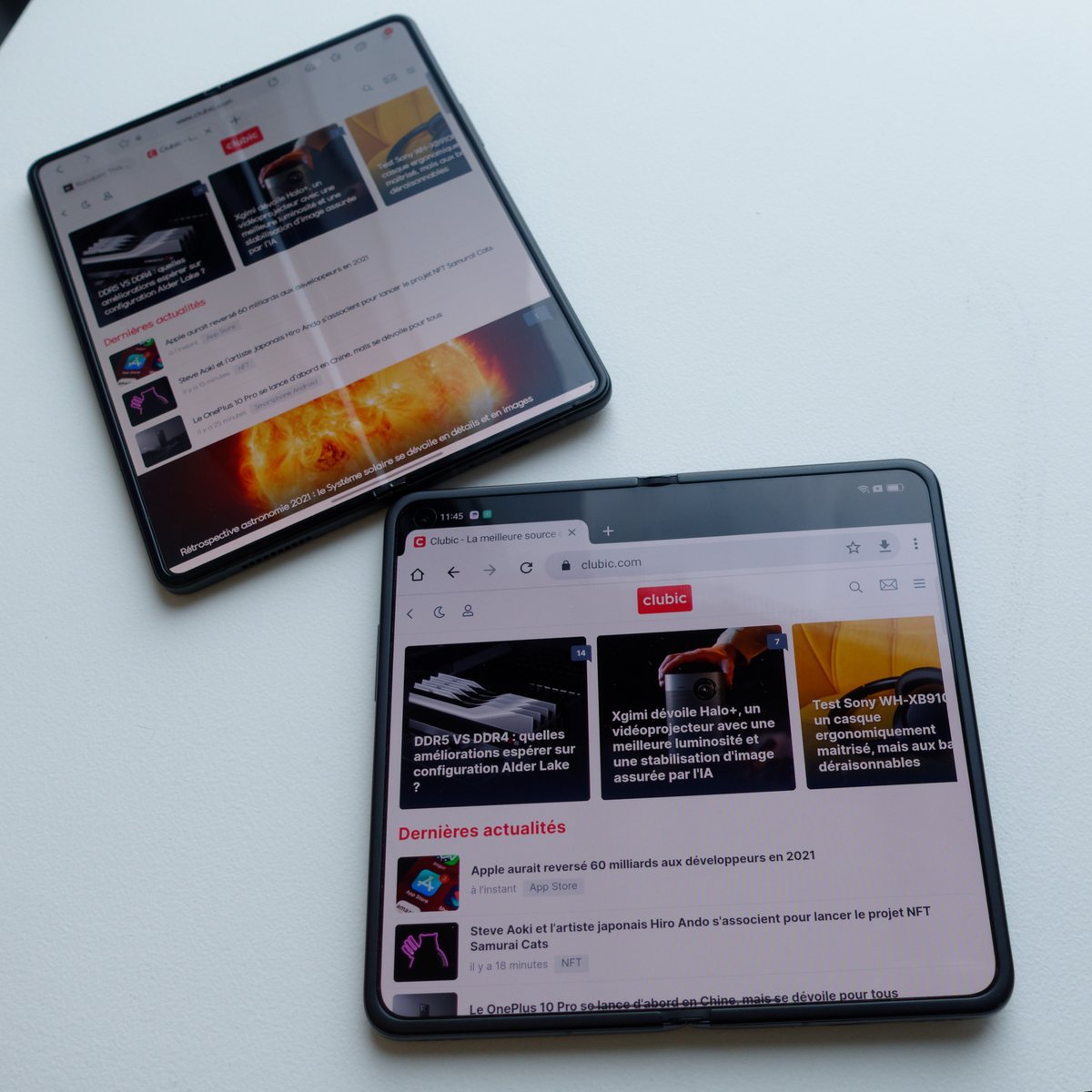
This does not mean that it does not exist, but that it is much less visible than with the competition. To see it, you must carefully examine the screen, if possible with a grazing light. Oppo specifies that it is 80% less visible than on competing products and that the panel supports 200,000 folds without flinching.
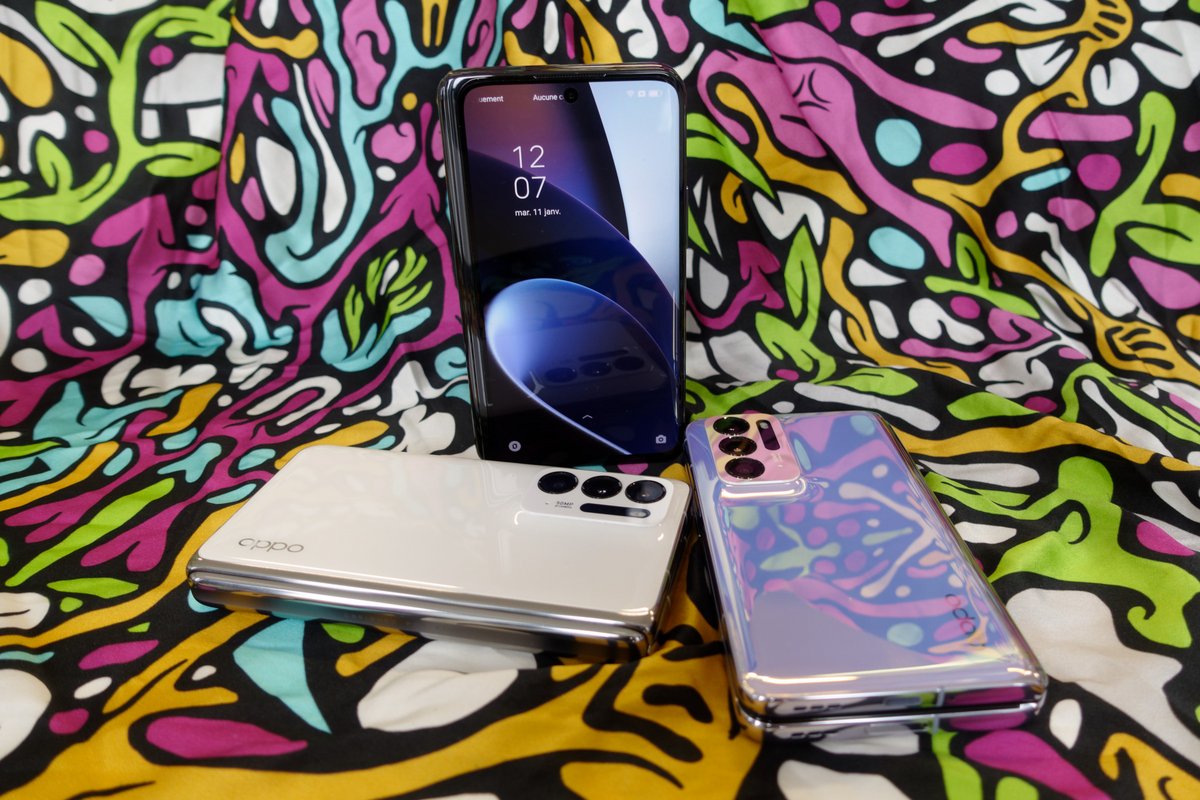
On the technological side, the screen seems to tick all the boxes: adaptive 120 Hz refresh rate, HDR 10+ compliance and 500 nits brightness (1000 nits peak). We can’t wait to test it…
The Find N has been designed so that it can be used when its screen is partially unfolded (angle between 50 and 120°). Native ColorOS applications have been adapted to take advantage of this. This is for example the case of the video player, note taking or the camera. The latter can display the control image on the external screen to facilitate the taking of selfies. Once positioned on a table, the shot is triggered using hand movements.
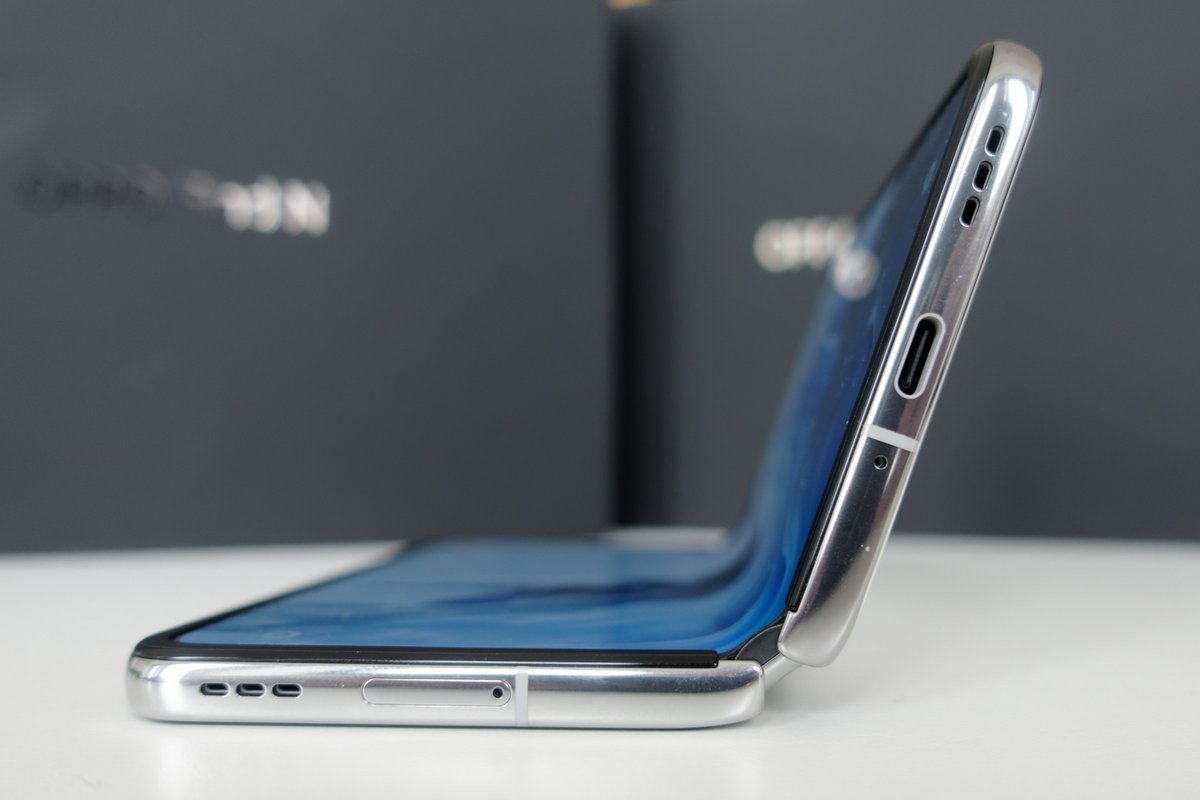
For now, only ColorOS apps have been optimized for the folding screen and its capabilities. Oppo does not despair of obtaining from third-party developers the integration of their specific API in order to extend the offer. ColorOS being based on Android 12, this shouldn’t pose too many problems, the latest version of the OS should benefit from an optimization for folding screens.
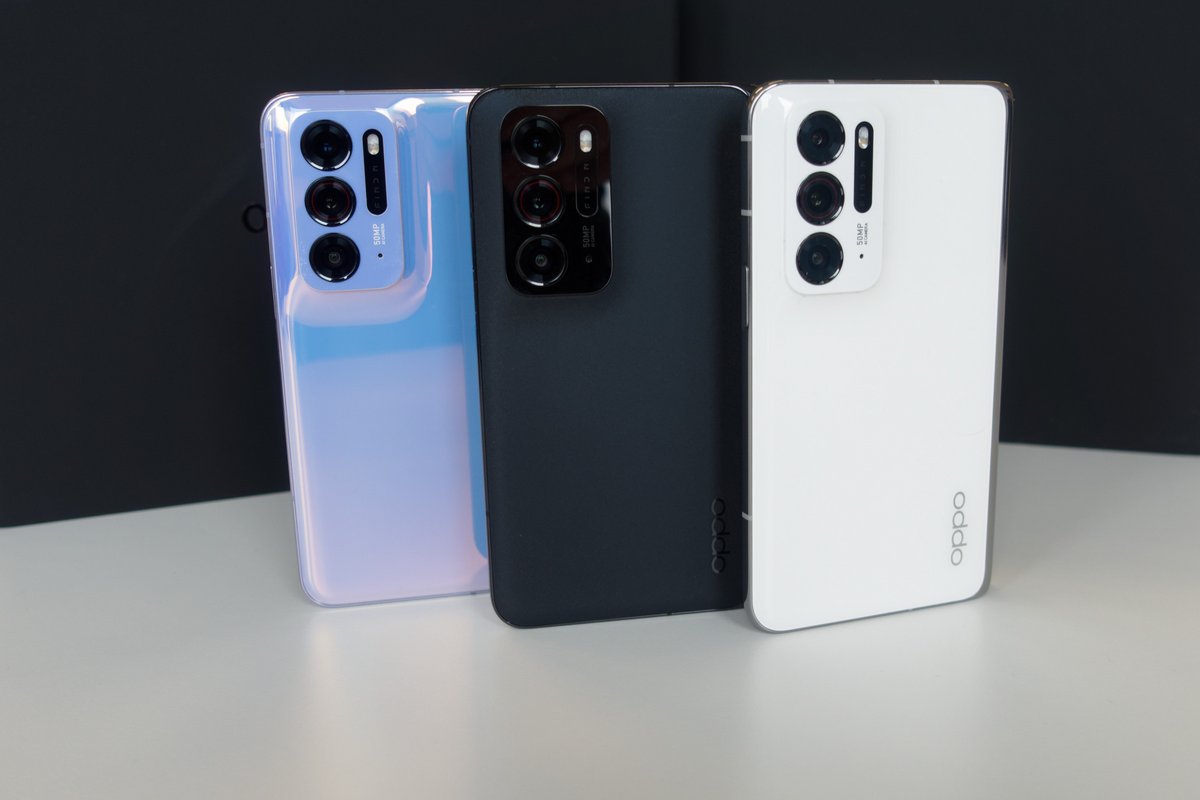
Note also that Oppo had the good idea to add command gestures to facilitate the management of multi-windowing. As far as we could tell in such a short time, they seem effective and relevant. Note also support for application continuity (an application running on the external screen is automatically displayed on the internal screen during deployment).
Fast charge
The power supply is provided by a battery “equivalent to 4500 mAh” as specified by Oppo. There is no doubt that it will be divided into two or three distinct elements in order to optimize the occupation of the chassis. This also makes it possible to implement the fast 33 Watt SuperVooc technology using the supplied electrical block.
Oppo has also integrated AirVooc 15 Watts wireless charging (compatibility with the Qi standard) as well as reverse charging. Limited to 10 Watts, it will be useful for wearables (headphones and the home connected watch, at random). Given the short time that we have had the device in hand, it is impossible to comment for the moment on its autonomy in use.
The internal electronics are not neglected since they are almost identical to what the Find X3 Pro offers: snapdragon 888 5G, 8 or 12 GB of RAM and 256 or 512 GB of storage, not expandable. There is no doubt that the manufacturer will update the SoC in the event of a version marketed in Europe. We go very quickly to the photographic part, which is also very close to what the Find X3 Pro offered.
Oppo Find N: what Clubic thinks
Oppo’s folding smartphone has everything a seducer, starting with a beautiful screen whose fold mark is almost invisible. Whether this will hold true after a few less use remains to be seen. ColorOS and Android 12 seem to be properly used and we can only appreciate the efforts made by Oppo in terms of ergonomics.
In absolute terms, the Find N should appeal to users who do not want to be burdened with a tablet and a phone when traveling. We appreciate its (relative) compactness and its successful design. However, one cannot help wondering why Oppo has reserved it for the Asian market.
Officially, this is a question of adapting ColorOS and applications to Western languages. This surprises us, having in the past paid little attention to the translation quality of its overlay. Rather, we suspect it’s anticipating a component shortage by reserving them for the non-folding smartphones it plans to release in the coming months. Or is it due to the difficulty of making the excellent folding slab used?
Finally, the price positioning of the Find N attracts attention: instead of being overpriced like what Samsung offers, it has the luxury of being “only” very expensive: 7699 yuan for the 8GB version of ram and 256 GB of storage and 8999 yuan for that of 12/512 GB, respectively 1060 and 1250€ excluding taxes. Let’s hope that Oppo will return to the affordable price strategy on the occasion of the worldwide release of a future evolution of this smartphone like no other (yes, we know: we like to dream at Clubic).
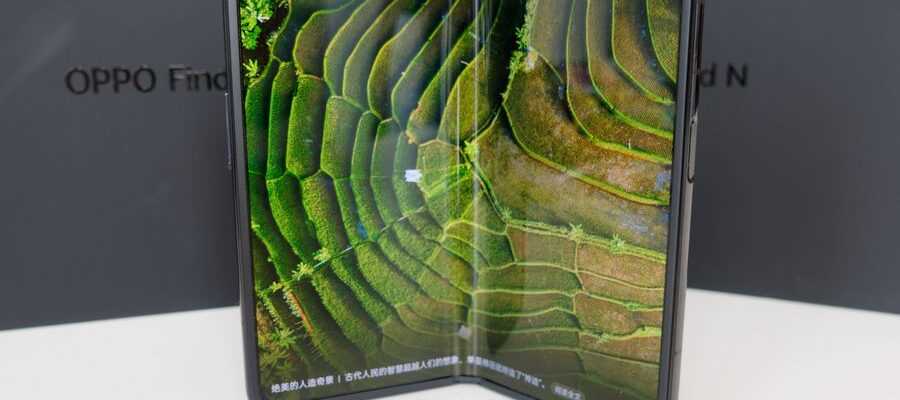
11